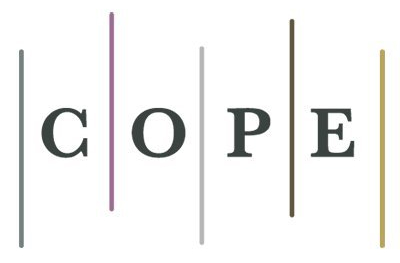Pediatric septic arthritis: clinical, epidemiological, diagnostic and therapeutic approach
DOI:
https://doi.org/10.22529/me.2022.7(3)03Keywords:
Arthritis Infectious, Pediatrics, Joints, TherapeuticsAbstract
INTRODUCTION: Pediatric septic arthritis (PSA) is an orthopedic emergency that consists of a bacterial
infection of the joint space. Late diagnosis can lead to significant complications in up to 12% of cases.
Early diagnosis and treatment are essential to minimize permanent disability. The joints mainly
compromised are the knee in 35% of the cases, the hip 35%, and the ankle in 10%; and its anatomical
location does not depend on the etiological agent. The diagnosis is based on anamnesis, physical
examination, laboratory data and imaging studies. The images are of special importance in the diagnosis of
PSA of the hip and shoulder given the difficulty of the clinical diagnosis. The identification of the
responsible pathogen is the gold standard of the diagnosis of PSA, although it is only achieved in 20-80%
of cases. The treatment must be performed without dilatation and consists of surgical drainage, antibiotic
therapy and eventual immobilization.
OBJECTIVE: To describe the epidemiological, clinical, orthopedic, microbiological profile, the diagnostic
methodology and the treatment performed in the pediatric population with diagnosis of PSA in the Clínica
Universitaria Reina Fabiola (CURF).
MATERIAL AND METHODS: Retrospective, observational and descriptive study. The data recorded in
the medical records from March 2012 to July 2018 in the CURF of pediatric patients aged 0 to 16 years
with a diagnosis of ASP were analyzed. Clinical and demographic data of these patients, blood test results,
blood culture and arthrocentesis were collected. The Kocher-Levine-Caird and Jung criteria were used for
the diagnosis of ASP. The surgical protocols used were analyzed, taking into account and describing the
surgical technique practiced. Data were collected regarding the medical treatment performed as the
administered antibiotic, route of administration and its duration. Follow-up, clinical evolution and presence
of complications.
RESULTS: A total of 12 patients were included with the diagnosis of PSA, which required hospital
management. 11 (91.7%) of the cases corresponded to outpatients and only one (8.3%) case of nosocomial
infection was present. Of the total of cases, 10 (83.3%) were from the capital city of Córdoba and only two
(16.7%) from the interior of the province of Córdoba. There were five (41.7%) children older than two
years with an average ± SD of age in years of 8.8 ± 5.8 and 7 (58.3%) under two years with an average ±
SD of age in months of 13 ± 6.8. Of the total patients included, the distribution by gender was 8 (66.7%)
male and 4 (33.3%) female. The entire sample, 12 (100%) cases, presented mono articular involvement in
lower limbs. The clinical and analytical parameters of the Kocher, Levine and Caird criteria yielded the
following results: six (50%) presented more than four criteria, but in no case (0%) were five criteria
presented. According to Jung's criteria, we found that twelve (100%) cases presented more than four criteria
for ASP; but the number is reduced to 6 (50%), when they present more than five factors. All patients
(twelve, 100%) underwent an intravenous antibiotic treatment. At the time of diagnosis, all (100%) of the
patients underwent surgery. The evolution has been favorable in the 12 (100%) cases, with complete healing
and joint mobility without sequelae.
CONCLUSIONS: We can conclude that the majority of patients with PSA present a monoarticular
compromise in the lower limbs. It predominates in children less than two years of age and in the male sex.
The main associated risk factor was skin lesions. SA is the microorganism responsible for most PSA.
Ultrasonography is the main complementary diagnostic method used. Regarding Jung's criteria, the entire
series featured four or more criteria. In our study group, a decrease of more than 30% in C-Reactive Protein together with the absence of fever are valuable tools in the follow-up and when evaluating whether there
was a satisfactory response to treatment. No complications associated with antibiotic and surgical treatment
were observed. The hospital stay requirement was considerably short.
Published
How to Cite
Issue
Section
License
Copyright (c) 2022 Methodo Investigación Aplicada a las Ciencias Biológicas

This work is licensed under a Creative Commons Attribution-NonCommercial-ShareAlike 4.0 International License.




















